Hair follicle stem cell cultures reveal self‐organizing plasticity of stem cells and their progeny
December 2016
in “The EMBO Journal”
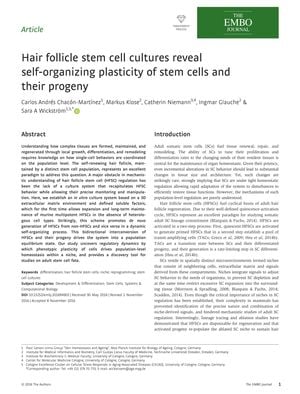
TLDR The study showed that hair follicle stem cells can maintain and organize themselves in a lab setting, keeping their ability to renew and form hair and skin.
The study from 2016 established an in vitro 3D culture system, referred to as 3C, that allowed for the expansion and long-term maintenance of murine hair follicle stem cells (HFSCs). This system enabled the observation of HFSCs self-organizing into a dynamic equilibrium with their progeny, demonstrating bidirectional interconversion between stem cells and non-stem cells. The cultured HFSCs retained their self-renewal capacity and multipotency, as evidenced by their ability to form colonies and reconstitute hair and epidermis in vivo. Transcriptome analysis confirmed that the 3C cultured cells closely resembled in vivo HFSCs. The study also found that specific signaling pathways, such as Shh and BMP, were crucial in mediating the transitions between HFSCs and their progeny, affecting the population dynamics within the culture. The findings have implications for understanding stem cell biology and potential therapeutic applications. The study involved RNA sequencing with 3 to 5 biological replicates and skin reconstitution assays with 4 mice per condition, and mathematical modeling was used to support the conclusions.
View this study on embopress.org →
Cited in this study
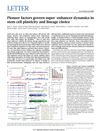
research Pioneer factors govern super-enhancer dynamics in stem cell plasticity and lineage choice
Super-enhancers controlled by pioneer factors like SOX9 are crucial for stem cell adaptability and identity.
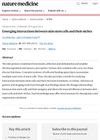
research Emerging interactions between skin stem cells and their niches
Skin stem cells interacting with their environment is crucial for maintaining and regenerating skin and hair, and understanding this can help develop new treatments for skin and hair disorders.
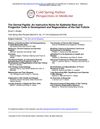
research The Dermal Papilla: An Instructive Niche for Epithelial Stem and Progenitor Cells in Development and Regeneration of the Hair Follicle
The dermal papilla is crucial for hair growth and health, and understanding it could lead to new hair loss treatments.
research Plasticity of epithelial stem cells in tissue regeneration
Epithelial stem cells can adapt and help in tissue repair and regeneration.
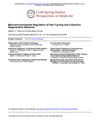
research Macroenvironmental Regulation of Hair Cycling and Collective Regenerative Behavior
Hair growth is influenced by various body and external factors, and neighboring hairs communicate to synchronize regeneration.
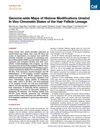
research Genome-wide Maps of Histone Modifications Unwind In Vivo Chromatin States of the Hair Follicle Lineage
Hair follicle stem cells use specific chromatin changes to control their growth and differentiation.